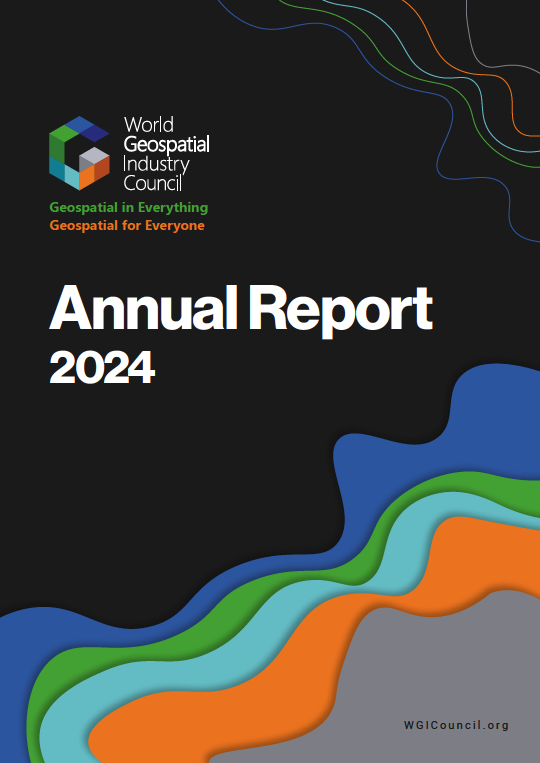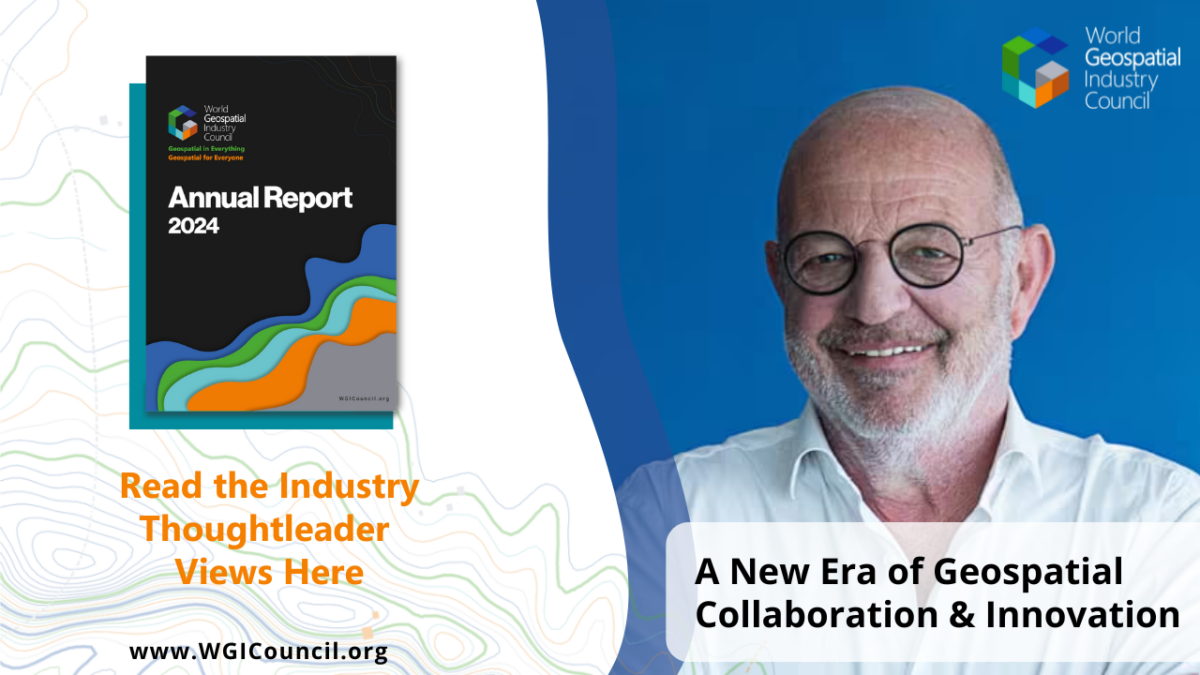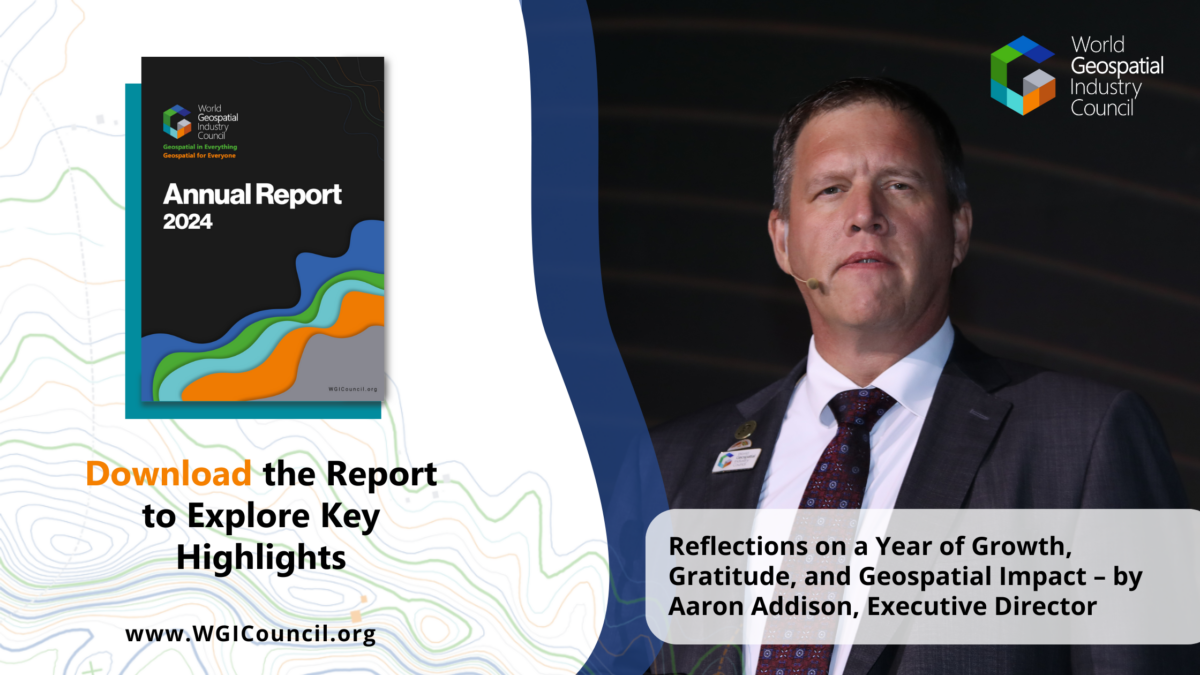Geospatial Industry In A Pivotal Stage of Maturity and Expansion
Alain De Taeye, Vice-Chair, Patron Board, WGIC
Sourcing and curating high-quality, comprehensive geospatial data are complex and expensive processes. Even as we see the need and demand for geospatial data growing exponentially, no single company or entity is in a position to master, produce, and meet the expanding demand alone. This awareness within the industry has brought about an increasing openness to embrace collaborative mapmaking and geospatial data creation. Today, open and user-generated data are combined with proprietary data in a complete quality-checking environment to create thematic data used in many applications. This has become more important today than a year ago, and the industry will see this trend expanding.
Real-time Geospatial Data and Digital Twins
While creating geospatial data is one degree of complexity, maintaining that data up-to-date in real-time is a challenge of the next level. Real-time maps have to reflect changes in reality immediately, and the map itself has to find its way into different applications in real time.
This expectation for constant data refresh is growing massively, especially in the consumer segment. Traffic is a perfect example. One would want to know where and how long one would spend in a traffic jam when driving into one. Also, as an application grows in volume, it receives more user feedback. End users expect that whenever they provide feedback, it is processed immediately and leads to updates of the application and application data. This presents a big challenge for geospatial data producers even as it creates a business opportunity.
Take the case of digital twins. The expectation is that a digital twin of an asset or a physical infrastructure is continuously updated and changes with the reality on the ground. The value of the digital twin deteriorates massively if not kept up-to-date. This is the case in most, if not all, applications.
Fortunately, several technologies are available to keep the enormous volume of geospatial data fresh and up-to-date. The proliferation of robust sensors and their ubiquitous use facilitate continuous change detection. AI then interprets those changes and turns them into information that keeps the data current.
Policy for Greater Innovation
This is not a simple problem, though. It requires new ways of maintaining geospatial data and an ecosystem where innovation can thrive. It calls for forward-looking governments to introduce enabling policies. While a few governments recognize the need for greater innovation and facilitate a conducive policy environment, some governments’ rules and legislation limit or slow geospatial innovation.
The World Geospatial Industry Council (WGIC) and its member companies are advocating for the right policies, especially those that enable innovation, which is the need of the hour. Further, the policies should allow greater collaboration between public organizations and private enterprises to accelerate the speed and ease of innovation, especially in geospatial data and applications.
Need for Geospatial Professionals
The reality of our industry is that the demand for geospatial data and applications is growing exponentially, but we do not have enough geospatial specialists to support the demand. Universities are unable to create a good pipeline of geospatial professionals to bridge this demand-supply gap. This situation calls for urgent action.
Promoting geospatial education and training, imparting the right skills, and making the industry more attractive for young people have become critical. On the other hand, we also need to open the sector to people beyond geospatial expertise.
AI can transform how geospatial information is consumed. As conversational interfaces begin to use AI, we will be able to use natural language to query spatial data or even solve geospatial problems. This facilitates easier access to geospatial data and applications so that people with varied IT expertise, not necessarily geospatial, can use them effortlessly. As such, this expands the user base to a much broader audience.
Conclusion
The geospatial industry is at a pivotal stage of maturity and expansion, bringing several challenges. It is imperative that geospatial companies join forces with collaborative platforms such as the World Geospatial Industry Council (WGIC) in greater measure. Together, we are a force to reckon with to act, influence, and bring about the requisite changes to exploit the massive business potential ahead of us all.





